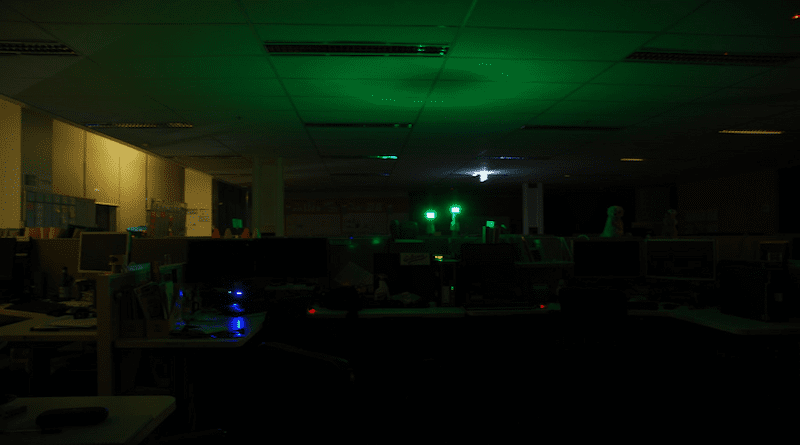Creating Efficient Building Energy Management Systems From Room-Level Big Data
The first step in the development of energy-efficient benchmarks for existing buildings is the accurate measurement of the energy consumption patterns. This usually involves data analysis using large volumes of data to understand the space and time distribution patterns of energy use. For example, total energy usage depends on the types of electrical appliances used, such as the heating and cooling systems, as well as their monthly, daily, and hourly usage patterns. Annual data on the energy use of buildings is the foundation for the estimation of community-level energy rating systems. However, it is inadequate to determine energy-savings at the smallest level, which is the occupant-level. A room-level energy calculator based on real-time energy usage data, which can be scaled up to the building- and the community-level, is required to fulfil this need.
In a study published in Renewable and Sustainable Energy Reviews, a research team led by Professor Choongwan Koo from Incheon National University, Korea, has proposed a process model for the calculation of typical room-level energy usage patterns.
Speaking of the research, Professor Koo says, “We have developed a robust model that can meet the challenges of accurate occupant-level measurements, including variations in space, time and appliances/equipment.”
In this study, the research team selected an educational facility in Sangju, Korea as a sample building and equipped every classroom with real-time internet-of-things (IoT) energy sensors. They also corrected data directly from electrical meters in the school. This constituted the “big data” of approximately 11 million datasets that was then used for analysis. The new method aimed to consider energy consumption from three perspectives—from the space unit based on occupant perception, the time unit, which allows rapid response from occupants, and the appliance-level or equipment unit.
The researchers then used the big data to identify representative energy consumption patterns using a “k-clustering algorithm.” Furthermore, they analyzed these patterns and used them to develop scalable energy benchmarks for various components of the energy system, such as lighting, educational devices, cooling, heating, and more. Next, the research team calculated the mean absolute percentage error (MAPE) to validate these energy benchmarks. It was also used to calculate the uncertainty of the benchmarks, which allows insights into how certain features, such as the seasonal weather and hour-by-hour usage patterns affect energy consumption.
“The scalable energy benchmarks can help in the planning of effective operational strategies to boost energy savings. It also improves energy efficiency and Indoor Environmental Quality (IEQ). For example, during periods of peak consumption, like summer afternoons and winter mornings, different strategies for saving energy on cooling and heating systems could be applied. Likewise, methods to turn off the standby power when the facility is not in use can be developed,” explains Professor Koo.
These techniques will be invaluable in the development of smart building energy performance rating systems and in creating more comfortable workspaces. They will also enable occupants at the individual level to incorporate changes in the way they use energy, thereby leading to an overall reduction in energy consumption.

